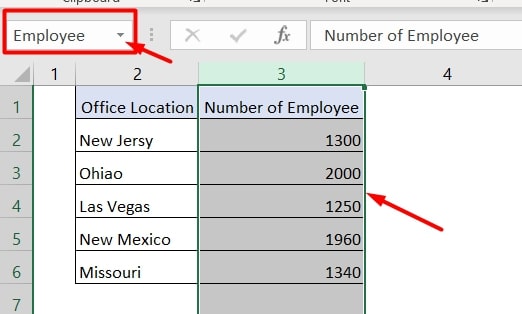5 Simple Steps to Excel Sheet Mastery

In today's digital world, mastering Microsoft Excel can significantly boost productivity, efficiency, and analytical skills across various professional fields. From business analysts to researchers, Excel's powerful tools and features can unlock numerous possibilities for data manipulation, visualization, and decision-making. Here are five simple steps to help you achieve Excel sheet mastery:
Step 1: Understand the Basics

Before you can dive into complex Excel functions, it’s crucial to understand the fundamentals:
- Cells: The basic unit of an Excel worksheet where data is entered.
- Rows and Columns: Horizontal rows and vertical columns that form the grid of a sheet.
- Worksheets and Workbooks: A workbook is the file containing your sheets, while each sheet is a separate tab for organizing data.
- Formulas and Functions: Essential for performing calculations. Familiarize yourself with basic ones like SUM, AVERAGE, and IF.
By mastering these basics, you lay the groundwork for more advanced operations.
Step 2: Learn Keyboard Shortcuts

Excel proficiency often comes down to efficiency. Here are some time-saving keyboard shortcuts:
| Shortcut | Function |
|---|---|
| Ctrl + C | Copy |
| Ctrl + V | Paste |
| Ctrl + Z | Undo |
| Ctrl + Arrow Keys | Navigate to the edge of data region |

Mastering these shortcuts will speed up your workflow considerably.
Step 3: Harness the Power of Advanced Functions

Now that you have a solid foundation, delve into more advanced functions:
- VLOOKUP: Search for a value in a list or table and return another value from the same row.
- INDEX/MATCH: A versatile alternative to VLOOKUP for dynamic lookups.
- Conditional Functions: Use SUMIFS, COUNTIFS, or AVERAGEIFS for calculations based on conditions.
- PivotTables: Excel’s tool for summarizing, analyzing, exploring, and presenting data.
Practice these functions to become adept at data analysis in Excel.
Step 4: Data Visualization and Formatting

Excel isn’t just about numbers; it’s also about presenting data compellingly:
- Conditional Formatting: Highlight cells based on certain criteria for easier analysis.
- Charts and Graphs: Choose the right visual representation (e.g., pie chart, line graph) for your data.
- Sparklines: Add small, inline charts within cells to show trends.
- Custom Templates: Use or create templates for consistent, professional presentation.
Effective data presentation enhances your ability to convey insights and decision-making information.
Step 5: Automate and Optimize with Macros and VBA

For the ultimate level of Excel mastery, automate your tasks:
- Record Macros: Automate repetitive tasks by recording a sequence of actions.
- VBA (Visual Basic for Applications): Use programming to customize Excel with scripts for more complex automation.
By leveraging these tools, you can perform complex operations with minimal manual input, saving time and reducing errors.
In summary, mastering Excel involves understanding its foundational elements, learning time-saving techniques like keyboard shortcuts, exploring advanced functions for data analysis, utilizing formatting and visualization for better presentation, and automating tasks with macros and VBA. These steps together pave the way to not just using Excel but excelling at it, making you an invaluable asset in any data-driven environment.
How can I learn Excel effectively?

+
Consistent practice, starting with basics, and progressively tackling more advanced topics through tutorials, online courses, or working on real-world problems can make you proficient in Excel.
Can macros in Excel be harmful?

+
Yes, macros can run VBA code which might include harmful scripts. Always ensure macros come from trusted sources, and keep your macro security settings appropriate for your needs.
What are the best practices for data presentation in Excel?

+
Use appropriate chart types, ensure readability with font size and colors, label axes, use legends for clarity, and apply conditional formatting judiciously to highlight key data points.



